There was a Benedictine monastery here at the Kloosterweg in Rottum since the 13th century. In 1555, Alberthus Wilhelmi was elected abbot. He contributed to the collection of the monastery’s library, at his own expense, by adding these two extensive commentaries on the Gospels of Matthew and Mark, written by the Protestant theologian and reformer Heinrich Bullinger.
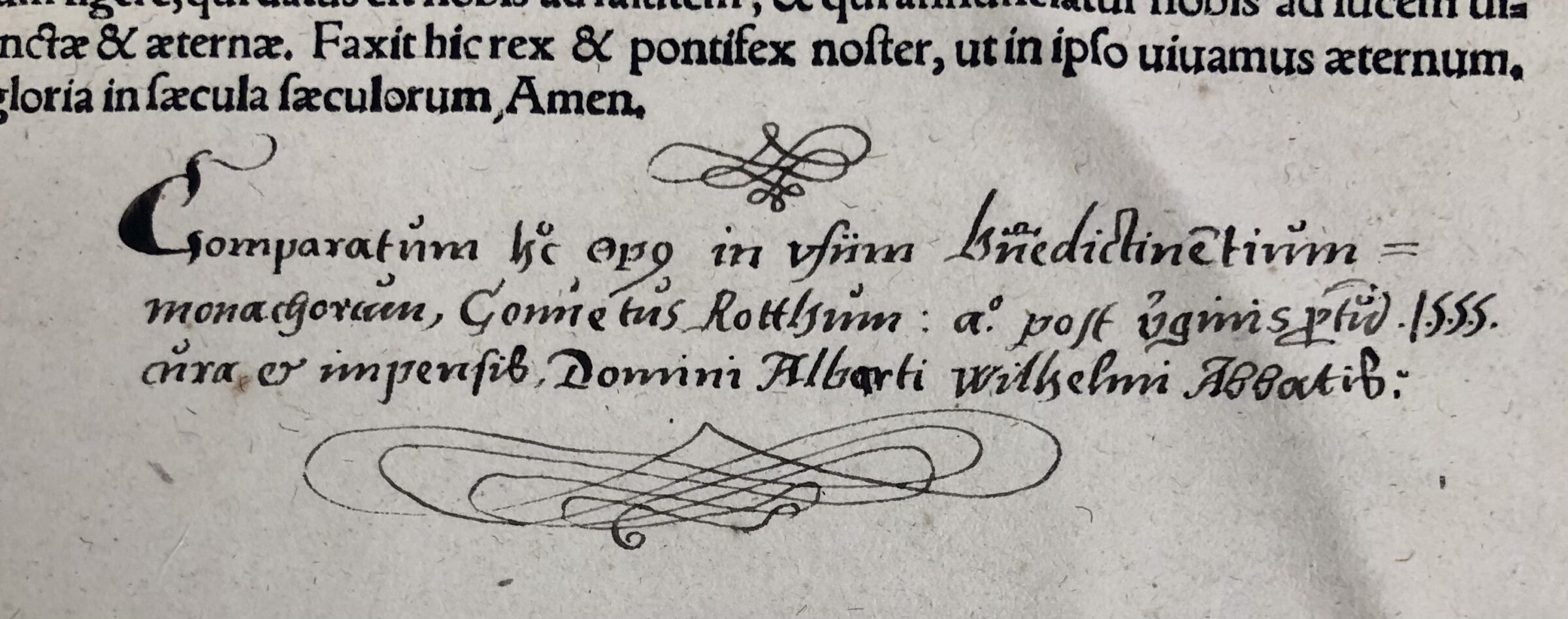
Why did Wilhelmi buy these Protestant books for a Catholic monastery? It is not implausible that he simply wanted to learn from Bullinger’s works. After all, the monastery in Rottum was a Benedictine monastery. Benedictines have always studied other religious movements extensively, are open to new ideas, and are known for their erudition. Additionally, Alberthus Wilhelmi may have had personal reasons. Was he perhaps Luther-minded? Two later abbots of the monastery at Rottum, Jodocus Oxius and Bernard Menssen, certainly were. Oxius even turned to Protestantism after having laid down his abbacy.
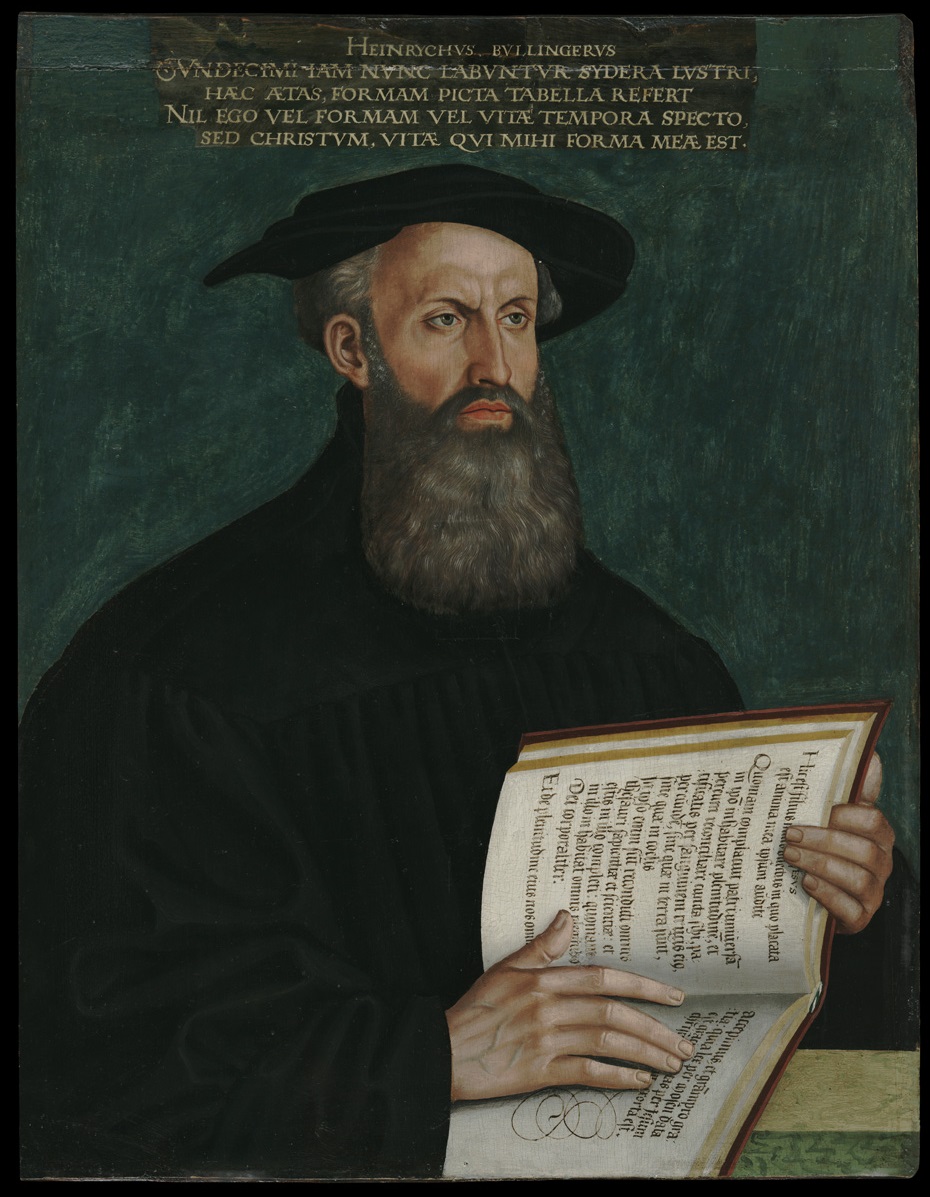
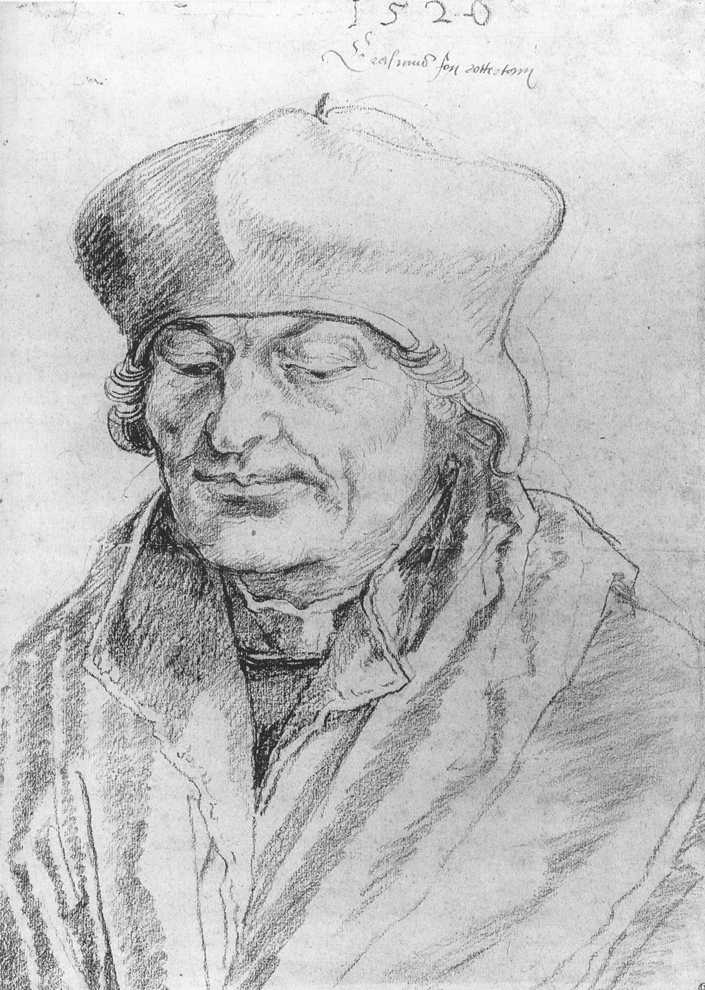
Heinrich Bullinger was born in 1504 in Bremgarten, Switzerland, where his father was a priest. At the age of fifteen, he moved to Cologne to study. He intended to follow in his father’s footsteps. In Cologne, he stayed with the Carthusian monks. Following the example of Church Fathers such as Augustine and Ambrose, he started to read the Gospels of the New Testament of the Bible. At the time, Cologne was pro-Lutheran. Bullinger was inspired by Luther’s research into the Bible and his battle against the evils of the Catholic church, such as the selling of indulgences. This convinced him to convert to the Reformation.
In 1522, Bullinger returned to Switzerland. He started teaching grammar, logic, and rhetoric at the Cistercian monastery of Kappel (near Bremgarten) and gave lectures on the Pauline epistles. As a result, his reformist message was spread in a Catholic environment. Although it appears from the story of Bullinger’s life that he distanced himself from Catholicism, he did not alienate his Catholic fellow believers. This broad-minded attitude must have appealed to abbot Wilhelmi of Rottum.
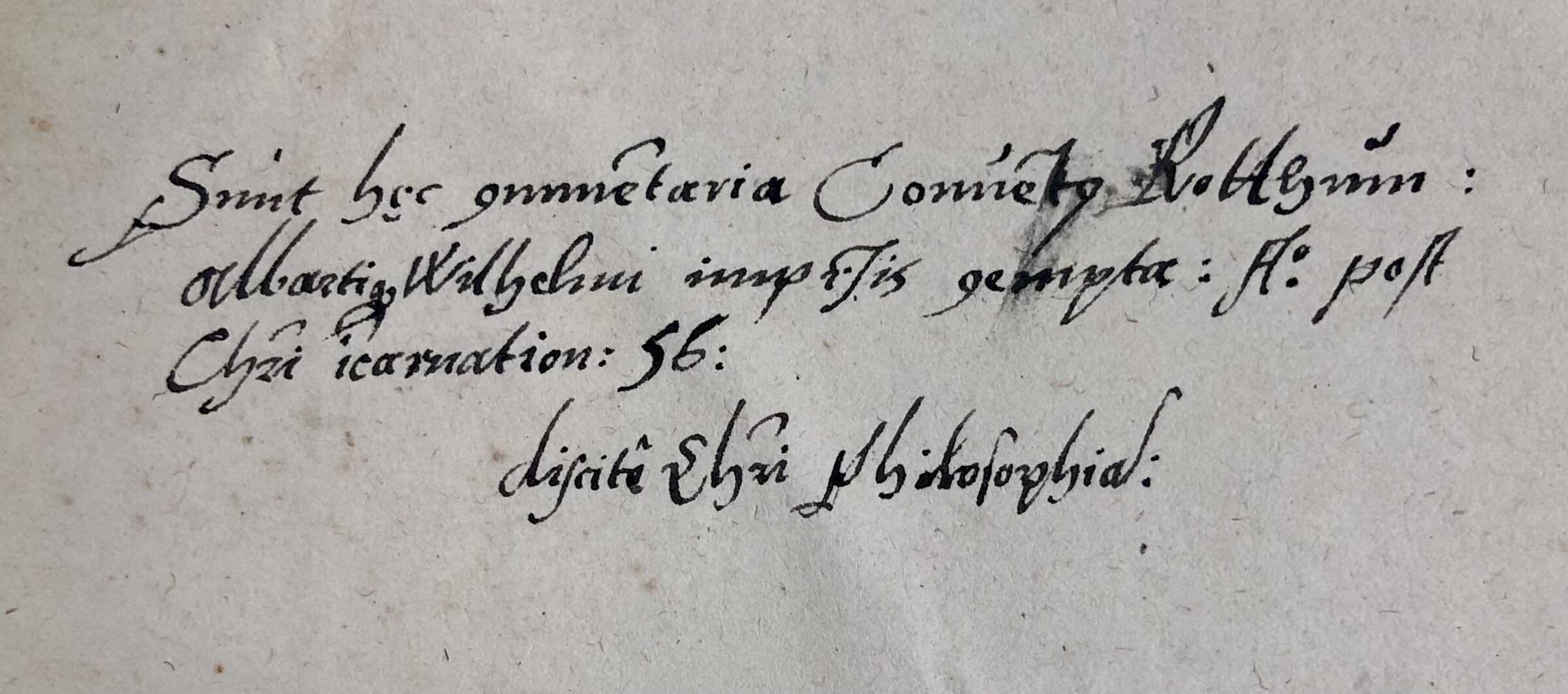
Wilhelmi bought Bullinger’s commentaries at his own expense, according to notes he added to the book (in Latin): “Study Christ, if you prefer to seek after your own salvation rather than relaxation. Farewell and reap the fruits of pious study”, he wrote at the back of the book, as a piece of advice to his fellow brothers. He also added that this book was meant to study “the philosophy of Christ”. With this expression, he referred to a famous contemporary, the Catholic humanist Erasmus of Rotterdam, who was considered a trailblazer of Protestantism by many Catholics and Protestants. “The philosophy of Christ” was not supposed to be a philosophical doctrine, it was Erasmus’s way to describe a modest and kind-hearted way of living a simple life. According to Erasmus, this was at odds with the many rules, commandments, and ceremonies of the Catholic church. Erasmus’s philosophy of Christ fit in well with the vow of poverty that abbot Wilhelmi had taken as a Benedictine.
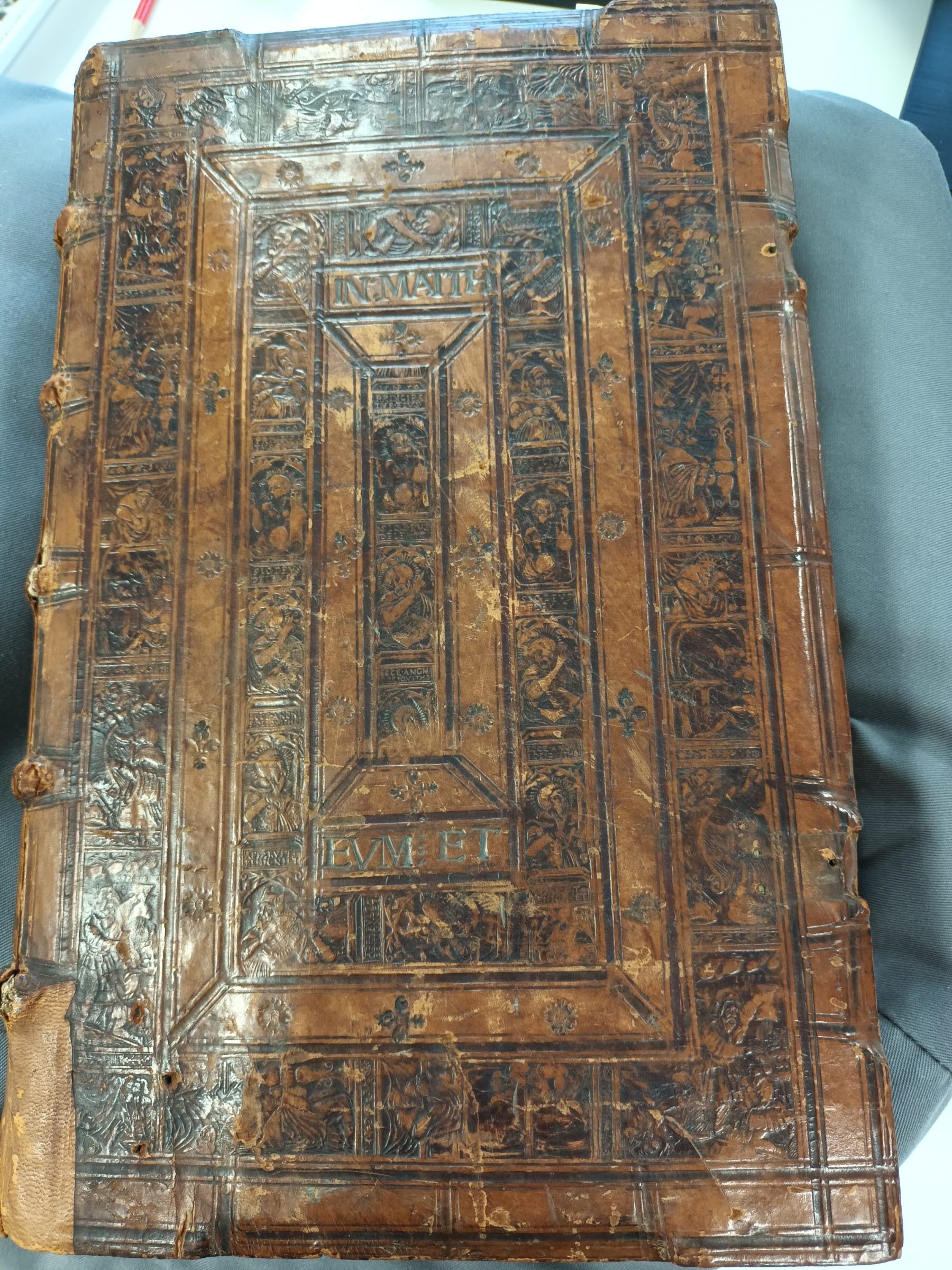
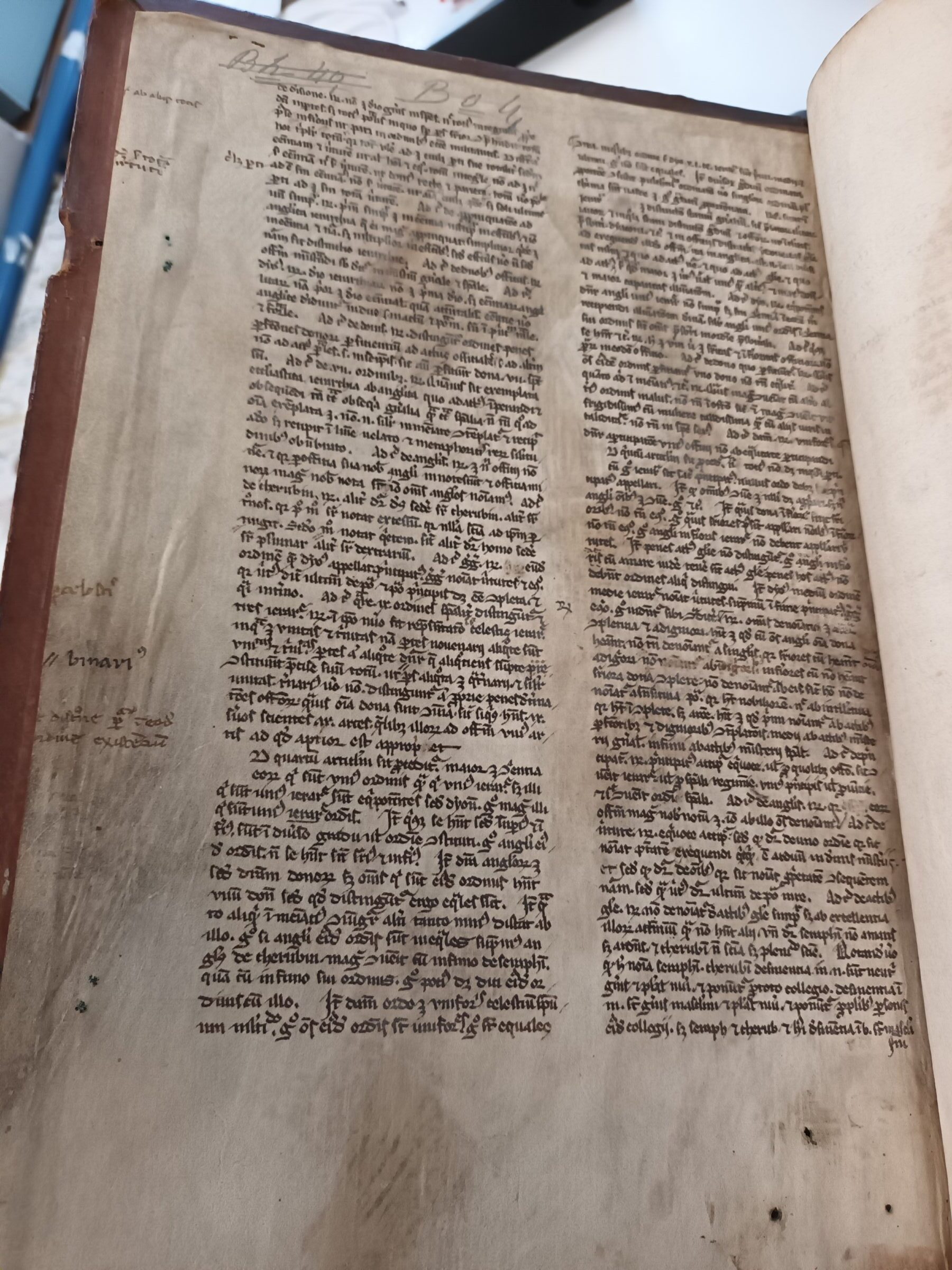

Albertus Wilhelmi bought Bullinger’s commentaries on the Gospels of Matthew and Mark as separate volumes and had them bound in a so-called ‘Buchführer binding’. This type of binding was used a lot in Frisia in the 1550s and 1560s. The bookbinder, who was most probably from Groningen, decorated the leather covering of the binding with biblical images, such as the prophet Moses holding the stone tablets. He also stamped the year 1555 in the binding. The endpapers include an interesting phenomenon from the Middle Ages and the early-modern period: so-called remainders (membra disiecta). The inside of the case at the front and the back of this book contains old, hand-written covers. The text on these covers has not yet been identified.
These days, there are no longer any traces of the monastery of Rottum on the current Kloosterweg. The only tangible remains are the kloostermoppen, or monastic stones, which have been reused for houses. This book from the monastery’s library, which also constitutes a piece of material evidence from the monastery, is now kept in the University of Groningen Library.
Author: Frida van Til







